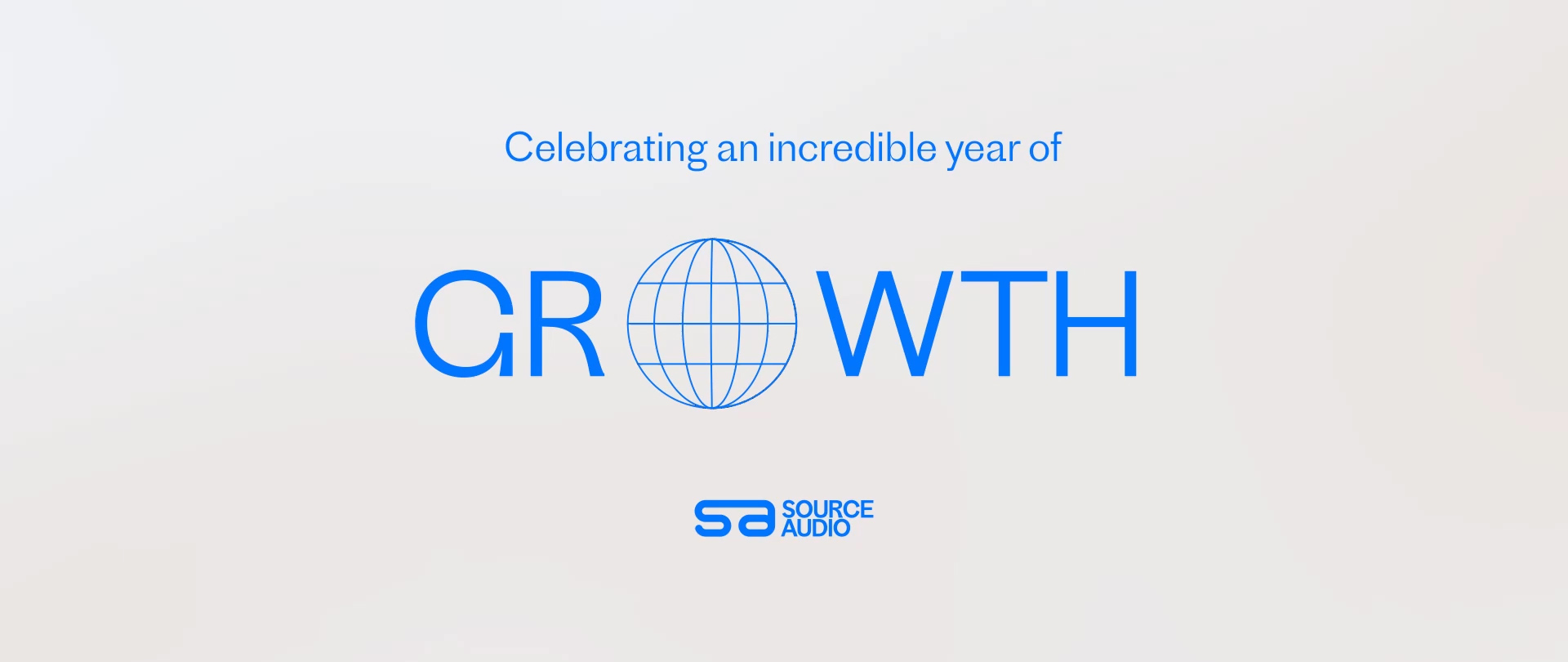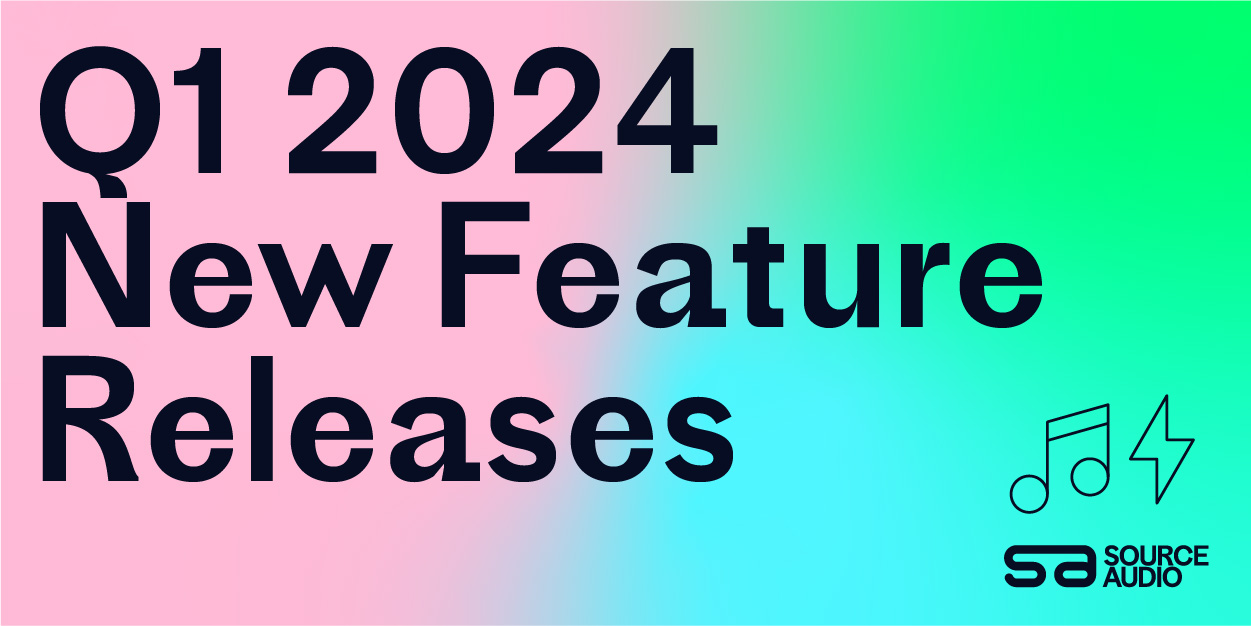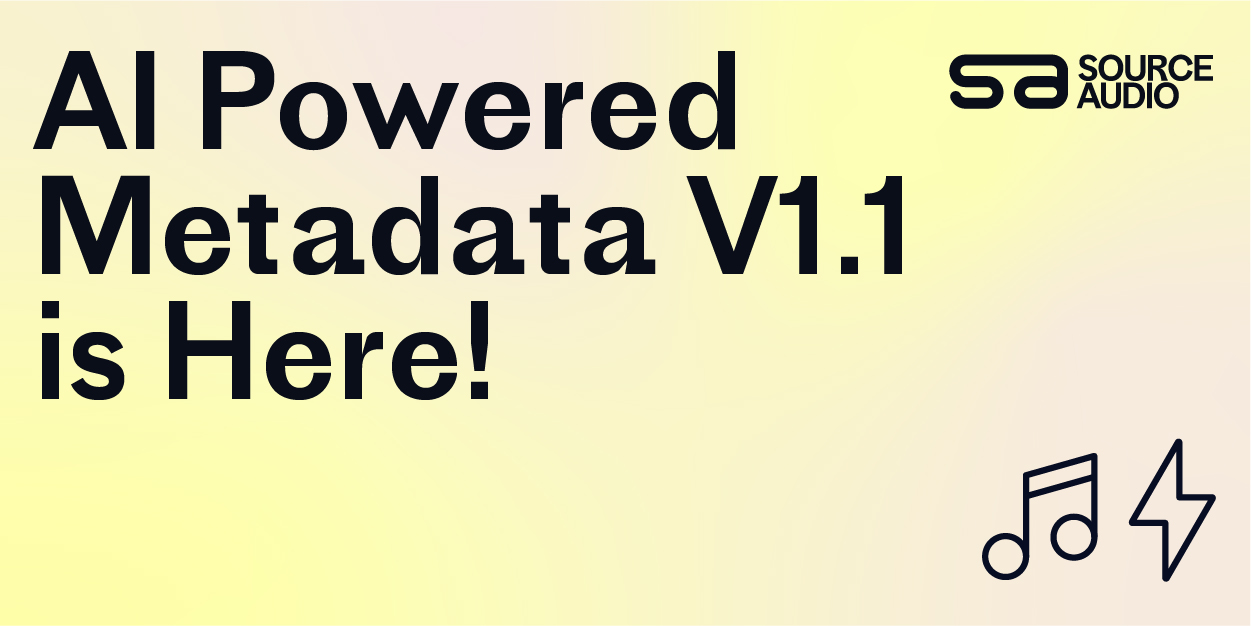DSP Distribution Release Requirements
Updated August 15, 2023
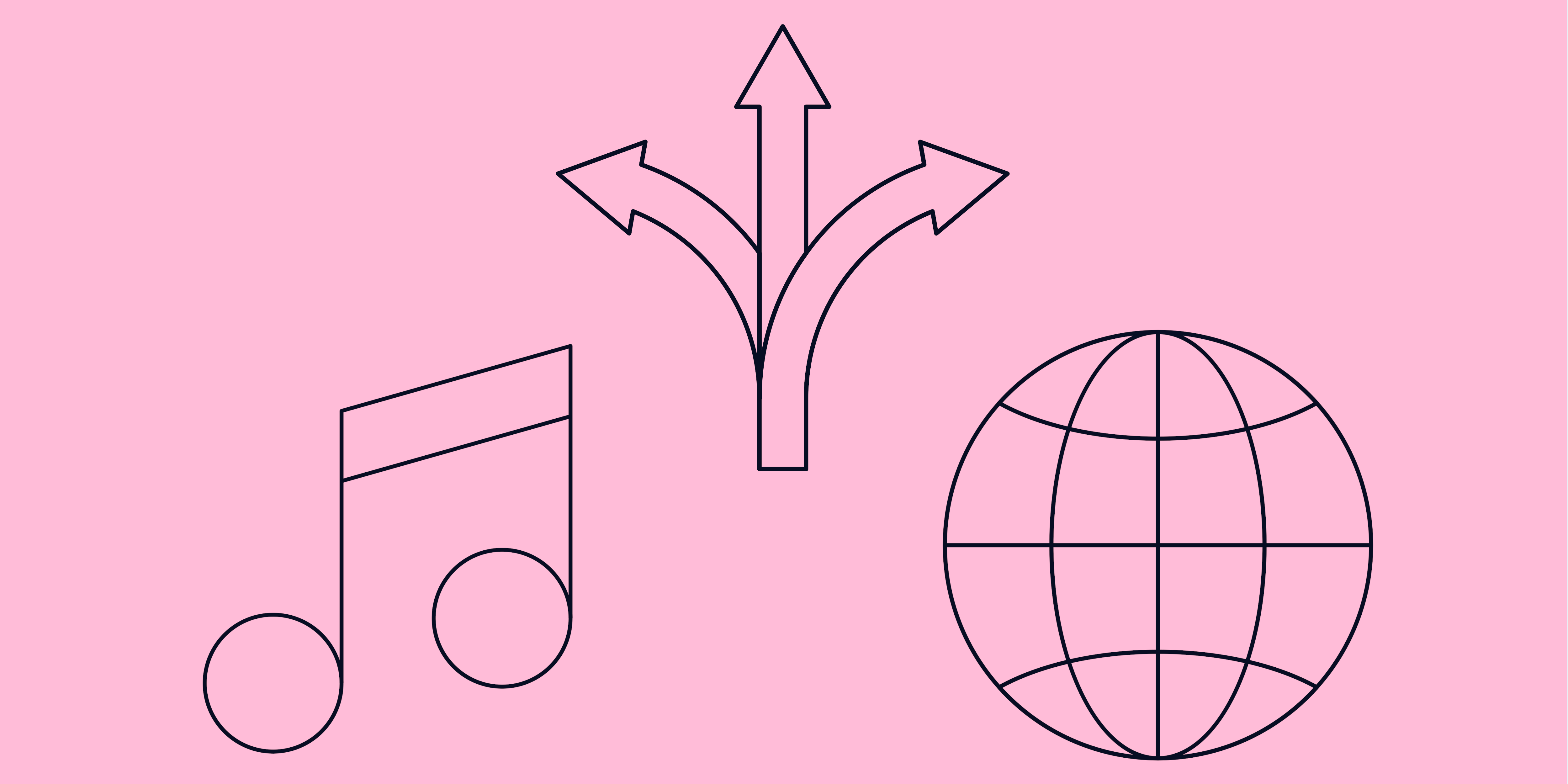
Genre requirements
1. General requirements.
All tracks in a given album must have the exact same genre data.
2. Restrictions for classical music.
Any tracks being distributed that are mapped to a genre beginning with the word “Classical” cannot be sent to the iTunes and Apple Music channels unless they are original or modern compositions.
3. Use of the genre “Soundtrack”.
The genre “Soundtrack” must only be used when the music is related to movies, documentaries, series, musicals, video games or any other audiovisual productions.
If the music is only “inspired” in a video work or is not connected to any media production, the genre tag can not be “Soundtrack” but should be the one that best indicates the style of the songs.
4. Use of the genre “Fitness & Workout”.
This genre can be used as long as it’s in line with the metadata and the release’s concept. Generic names such as “Motivational”, “Workout” or “Cardio” can not be used in the artist or title fields.
Titles of albums and tracks
1. Accuracy.
Albums and tracks titles should always match the cover image titles as accurately as possible without any class of abbreviation.
2. Additional information.
All titles of albums and tracks should not include additional information, unless it is really necessary for the identification of the content.
3. Generic titles.
Do not use generic titles for the tracks. Titles as “Track 01”, “Track 02”, will not be accepted unless they are really the original track titles. This same rule is applied for the release titles, titles such as “Album”, “EP” or “Single” won’t be accepted.
4. Multiple titles for album and tracks.
The albums and tracks containing multiple titles must be separated with a slash (“/”). Please insert a space before and after the slash.
5. Tracks version information.
To differentiate between multiple versions of the same track or indicate that a track is different from its original version, use the corresponding description in its version field.
6. Use of “Exclusive” or “Limited Edition”.
The titles of albums and / or tracks must not contain terms such as “Exclusive” or “Limited Edition”, because the titles are a permanent part of the content.
7. References to physical content, digital content, or content which is not included.
The album titles should not include terms referring to contents which are not included in the album. Such as, physical formats, digital formats or geographic location. Some examples are: E-Release, Digital Version, Digital Only, Digital Download, with Booklet, European Edition, American Edition, etc.
8. References to video format.
The titles must not include references to the video format or specifications like “Video”, “Clip”, “PAL” or “Music Video”.
9. Unnecessary version information.
The standard version, i.e., the original version of a track, must not include additional information. For example: Original Version, Album Version, Original Mix, etc.
10. “Deluxe Edition” / “Extended” and “Bonus Tracks” use.
A “Deluxe Edition” or “Extended” release can be published when a previous album version exists, providing additional material to the first one. The incorporation of the old material can’t be omitted.
As well, a “Bonus Track” will be accepted if it is included in this type of releases. It must be indicated on the field “Version or remix”. In no case will be accepted a track title as “Bonus Track”.
11. Censoring Words.
Artist names, track titles, and album titles must be submitted in the original form that was intended by the artist. Explicit words are automatically censored in some channels, and would appear as for example: “f**k” or “s**t”. So do not insert the asterisks in the titles.
13. Side-by-side translations.
Side-by-side translations in Korean are not allowed (this means, translating the title to the English and including it in the own title as a part of it). For example: “이카루스” is correct, but “Rise 이카루스” won’t be accepted. The rest of languages cannot include this resource either.
Artist or band names
1. Artist name choice.
Before distributing your album, make sure that no other artists are currently using the same artist or band name (similar or identical), since this can cause conflicts in the channels and your albums may be combined under the catalog of the other artist with similar artist or band name, or vice-versa.
If you must use the same name as another artist, please let us know in the release notes.
2. Matching artists
All the tracks in an album must have the exact same artist.
3. Incorrect display of “Various Artists”.
Variations or abbreviations of “Various Artists” (e.g. “V/A”, “VA”, “Various”, “Various Artist” or similar) should not be used as an artist name for the content in English.
4. Writers.
Writers have to be indicated at the track level, except from one-track singles and in classical music.
5. Format.
The spelling of the artists’ names must be correct and consistent across the entire contents of that artist.
The artist’s name should not contain all capital letters except from:
- Cacophonies. That is unpronounceable words usually consisting of various consonants altogether.
- Real acronyms. The dots are compulsory in these cases.
- Special requests. If a profile is already created in the channels with capital letters or there’s a special request to keep the artist’s name in capital letters backed with social networks’ profiles and other official web pages, then the name can be sent in capital letters. This request has to be notified to the Support Team prior to the upload of the album.
8. Other information.
The artist’s name must not include any additional information, such as the role, dates, instruments, band type, web page, etc.
9. Compound artist.
Each artist field must only contain one artist name.
10. Generic artists.
Generic artists such as “Chorus”, “Orchestra” and “Singer” are not accepted in any genre. The artist names should be specific to a person, a group or band, a show or a production.
11. Original artist name in the artist field.
For karaoke, tribute, orgel, parody, cover albums and ringtones, the name of the original artist must not be displayed in any artist field.
Label
1. Own label.
If your album is not linked to any record label, you can specify a custom label name in the label field or alias (such as your artist name) of your choice in this field. Make sure that the name provided is not misleading or deceptive, nor violate the laws of intellectual property.
2. Label’s name length.
The name of a label should not be too long, otherwise it may cause metadata conflict for some channels.
Using uppercase, lowercase, abbreviations, accents and special characters
To ensure that the accents and capitalization appear correctly on all channels, you must specify an appropriate spelling in the metadata fields. Our partner Too Lost’s Quality Control team reserves the right to correct errors in grammar, in spelling and punctuation.
1. Nonstandard capitalization.
Titles have to contain capital letters at the beginning of each sentence and in proper names. For other cases, please check the next points.
The arbitrary use of capital letters can be accepted if the first word’s letter is in capital and is not written entirely in capital letters.
Titles should not contain all capital letters except in the following cases:
- If there is a cacophony. It means, a succession of letters that result an unpronounceable word and that can be associated to some acronyms.
- If they are real acronyms. In that case, it is obligatory to insert the letters with dots (.).
- For the artist’s names. Only when there’s a requested update in the channels from this profile or with a previous notification asking for the preservation of the name enterely written in capital letters. To communicate this kind of questions, please contact our Support Team.
Each language has its own requirements in the use of capital letters. For more information, please check Language requirements.
2. Abbreviation.
The words “Part” and “Volume” should be abbreviated as “Pt.” and “Vol.”.
The titles that require the use of one of those two words, should have the following format: “Title, Vol. X” and “Title, Pt. X” (where “X” is a number).
The use of abbreviations will be obligatory when there is an homonymous topics succession in different parts, or when there is a numerical succession with same titles songs. The use of Arabic or Roman numbers can be chosen by the user, but it will have to support the criterion along the album.
It’s preferable that the expression “Pt.” be used only for tracks and “Vol.” just for albums, with the exception of the singles, where is better to omit the expression “Vol.” unless it belongs to the track title.
3. Accents and required characters.All western languages should include all appropriate accents and characters, as required by the correct spelling of each language respectively.
Spelling mistakes will be allowed only if it is possible to argue any premeditation in certain contexts.
4. Use of special characters.
Special characters use (as $, ¢, ∞, ¬, _, +, =, ≠, ´‚ `, *, etc.) won’t be accepted, except when:
- Same content or / and artist has been published previously in the same channels and the info can be confirmed by QC Team.
- Special characters belong to a trademark and its confirmation document can be presented.
- Following symbols: <, >, |, /, \, -, , , ., :, ;, !, ¡, ?, ¿, -, (, ), ·, &, “, ‘.
- Following symbols as long as they go with a digit: º, %.
- Following symbols as long as they are not used with promotional proposes or referring to social media: #, @.
Current requirements of iTunes on lyrics
1. Structure.
Lyrics must reflect the structure of the song. Each sentence must be separated by a single space, and each different section (for example: chorus, verse, bridge…) must be separated by a double space. The first letter of every word at the beginning of a sentence or a parenthesis must be written in capital letters, as well as proper nouns. Please, do not include additional information to the lyrics, such as the chords, the title of the track, the composers, etc. Also, do not write the lyrics only in capital letters or lowercase.
2. Punctuation.
The punctuation has to follow the grammar rules of each language. However, stops and commas are not allowed at the end of a sentence, neither repeated punctuation (like “??” or “!!”). Ellipses (“…”) are only permitted to indicate a fade out. Expressions like “x2” or “etc.” are forbidden when it comes to a repetition, the lyrics should be written as many times as they are expressed or they should finish with an ellipse if they fade out.
3. Secondary content.
All the lyrics that are related to the main content of the song must be transcribed.
- Background vocals must be indicated in parenthesis.
- Live speeches must be written as long as they do not interfere in the flow of the song. This is only applied to live content.
- Non-word vocal sounds must be transcribed unless it is improvisation (like scatting) or sound effects.
- Spoken word content must not be transcribed.
- Explicit content must be written as it is heard in the song. Please, do not censor the words unless they are actually censored in the song itself. If a part or a full word has been censored in the audio, the part that is missing has to be replaced by asterisks (for example, “f***”).
- If there are different languages in the same track, they have to be transcribed following each language rules (not phonetically).
See an example below of a correct way of writing lyrics:
I live for the applause, applause, applause
I live for the applause-plause
Live for the applause-plause
Live for the way that you cheer and scream for me
The applause, applause, applause
Give me that thing that I love (I’ll turn the lights out)
Put your hands up, make ’em touch, touch (make it real loud)
Give me that thing that I love (I’ll turn the lights out)
Put your hands up, make ’em touch, touch (make it real loud)
(A-P-P-L-A-U-S-E) Make it real loud
(A-P-P-L-A-U-S-E) Put your hands up, make ’em touch, touch
(A-P-P-L-A-U-S-E) Make it real loud
(A-P-P-L-A-U-S-E) Put your hands up, make ’em touch, touch
Please, keep in mind that, since these are optional and not mandatory aspects of a release, our Support team reserves the right to erase the lyrics of a track or a whole release in case these rules are not strictly followed.
Albums and tracks descriptions and promotion
1. Albums and tracks descriptions and tags.
The text of the description of an album or track, as well as their linked tags, must follow the same specifications as the text of the metadata regarding special characters and composition.
2. Links and emails.
The description of the album or tracks and the lyrics should not contain any link to web pages, email addresses, social media or similar networks references. The links to promotional pages should be introduced in the profile of the account’s owner.
References to commercial content unrelated to the artist or the release content won’t be accepted in any case.
3. Nazi references.
This content will be banned in all circumstances and channels, as it’s recognized as harmful by the BPjM (Bundesprüfstelle für jugendgefährdende medien), prohibited by German authorities or as otherwise recognized by anti-Nazi laws in any applicable jurisdiction.
Formats
1. Singles.
A release must be identified as a Single when:
- It contains from 1 to 3 tracks with the same title. It means, variations of the same song.
- It contains from 1 to 2 tracks with different titles. It means, up to two different songs.
- The release has an approximate duration up to 10 minutes.
2. EPs.
A release must be identified as an EP when:
- It has 2 tracks and at least one of them lasts longer than 10 minutes.
- It contains from 4 to 6 tracks with the same title. It means, variations of the same song.
- It contains from 3 to 6 tracks with different titles. It means that each song will be different.
- It has a total duration from 10 to 30 minutes – never longer than that.
3. Albums.
A release must be identified as an album if it overcomes one of the previous points.
Versions, karaokes, tributes, parodies, and covers
1. Versions.
To indicate that a Version track is different from the original, please use the corresponding field for this purpose.
2. Name of the original artist on parody, version, karaoke, tribute and cover tracks or albums.
For parodies, karaokes, tributes and cover albums, the name of the original artist must not be displayed in any artist field.
3. Name of the original artist in the track or album titles.
The titles included in a cover or tribute album must not make any reference to the original artist. Do not use phrases such as: “Original Performed by”, “In the Style of”, “Tribute to”, “Cover of” or similar.
4. Deceptive or misleading information.
Tribute or cover albums must not be deceptive or misleading. Do not use genres, popular song lyrics or the original artist names as the album title, track title or artist for karaoke.
Content that is considered deceptive or misleading will not be accepted and distributed.
5. Information of karaoke version.
The karaoke albums or tracks must be indicated with the expression “Karaoke Version” in the corresponding field.
- The primary genre must also be set as “Karaoke”, while the secondary one must show the main style of the song or the release.
- The original composers or artists can not appear in any part of the metadata.
- If the tracks are instrumental, the language introduce at the track level must be “no linguistic content”, while the one selected for the album must be the one of the metadata.
6. Unauthorized remixes.
Unauthorized remixes with deceptive, uncleared or misleading audio will not be distributed.
Cover licenses:
In some cases, you may need a license to distribute a cover, as the work covered can be protected by Copyright laws.
- If your release is a version of a song registered in a Spanish-speaking country (Southern Europe, South America and Central America, with the exception of Mexico), you only need to indicate the composers of the original track.
- If your release is a cover of a song registered independently or by a Major (e.g. “Universal Music”, “Sony Music”, etc.), a mechanical license is required to distribute the new song.
This license can be obtained on Too Lost’s platform here
Please, do not mix up the terms “Version” or “Cover” with “Remix”. If you do a remix, or use any recording samples that belong to another artist, an authorization from the original master’s owner must be requested.
8. Continuous mixes and DJ sets.
DJ sets (with own or other artists tracks) and continuous mixes (that is, putting all the tracks of an album together in a single track creating a continuous mix) are not allowed.
Cover Art Requirements
Quality and format
1. Quality of images.
The cover art must not be any of the following: blurry, pixelated, mismatched, misaligned, rotated, incorrect, stretched, or have other quality issues.
The information shown in the cover image should always match the information of the metadata as accurately as possible and without any class of abbreviation.
2. Dimensions of the cover art.
The cover art of all releases must accomplish with all following requirements:
- Proportion: Exactly squared
- Minimum size: 3000 x 3000 px.
- Maximum size: 5000 x 5000 px.
- Accepted formats: JPG, TIFF or PNG
- Mode: RGB (CMYK is not available)
- Maximum size of file: 36 MB
Images that do not meet the requirements above will not be supported and may not be shown in the channels.
Must not contain:
1. Links and web pages.
The cover art can not contain website addresses, websites that sell music, mentions to social media, logos of any stores or services related to entertainment, mentions to physical formats, video formats or any external reference of the digital release.
2. Telephone or email addresses.
The cover art can not contain neither telephone numbers nor email addresses.
3. Credits and collaborations.
The cover art can include credits or other artists’ names, who are not the primary artists of the release as long as they are justified in the metadata.
The information in the cover will have to reproduce with extreme precision and without abbreviations the information of the metadata.
4. Tracklisting and illegible texts.
The cover art can not contain the track listing.
It is also recommended to use legible fonts in the cover, as the image will be visualized in small formats and it won’t be able to appreciate small texts. Texts that are not legible will not be accepted.
5. Descriptions and biographies.
The cover art must not include albums descriptions or artists biographies.
6. Digital, physical and video format.
The cover art can not include references to it being a digital or physical product (such as “Online”, “CD”, “Compact Disc”, etc.). Mentions to the video format are neither allowed.
Also the cover art must not contain references to contents that are missing in the album, such as “Includes DVD” or “Includes Lyrics”.
Similar expressions like “All Rights Reserved”, “Registered Product”, “Under Copyright”, etc., can not be used. Not even other redundant or unnecessary information.
The release reference number can appear in the cover, but not the UPC or any of the track’s ISRC codes.
7. Pricing.
The cover art can not include references to the pricing, or any information with promotional purposes.
8. Pornography and violent contents.
The cover art can not include contents that may be racist, pornographic, or glorify or trivialize violence.
9. Offensive symbolism.
The cover art must not contain any kind of symbolism that offends a specific group of people or ethnicities, such as Nazi symbolism, restricted by the Strafgesetzbuch section 86a.
10. Misleading information.
The cover art must not be misleading. For example, prominently depicting or referencing an artist even though the artist does not perform on the album.
11. Translations and use of special characters.
The use of non-occidental or special characters (like Arabic characters, Chinese characters or Greek letters) must be avoided unless they guard an explicit relation with the content.
Side-by-side translations or transliterations of the content are not allowed. The information must be written following the same structure and alphabet as in the metadata.
12. Logos, images and registered brands.
All the logos (including the involved texts) must be justified in the metadata. The logos can be related to the artists, producers, labels or other information involved with the musical product.
- Designers, photographers and other mentions to the cover artists are not allowed.
- Registered brands and private or personal images (from people or companies) can not be included in the cover art. The only exceptions are when they are visually irrelevant (being part of the background), they accomplish a relevant role (e.g., in a musical) or are justified in the metadata (for example, as the producer or the publisher).
It may be necessary to report the corresponding documentation to maintain registered brands, private images or references to companies or institutions in order to demonstrate the user is allowed to use them.
Audio Requirements
Audio file requirements:
- Recommended Format: wav (others may be present too, just make sure that a wav is present)
- Requirements: Minimum of 16 bit, 44.1 Khz, stereo / Recommended 24 bits, 48Khz or 24 bits 96Khz.
Silences, pauses and cuts.
Silence, cuts, pauses or extended silences are not allowed. If a song ends with a final silence it should last no longer than ten seconds.
Other kinds of silences, such as cuts or sudden endings, must also be avoided, as they can be misunderstood as audio errors.
Silent and hidden tracks.
If there is a division between tracks it must follow the silence requirements mentioned above. Fully silent tracks will not be accepted.
A justification may be needed to know the reason why they are included and the duration in relation to the whole content.
Policy of use of Samples
1. If the Sample was obtained directly from the original owner.
The original owner must provide a valid document that expresses his agreement with the obtainment, use and commercialization of his Sample, by the artist who intends to distribute it through the platform.
2. If the Sample was obtained from an instrument, either physical or virtual instrument.
The license or any other evidence that can demonstrate that the Sample has been obtained from an instrument must be presented. Similarly, if applicable, you must present the license that is usually available with the instrument.
3. If the Sample was obtained through a payment service (per unit or per subscription).
A proof of payment must be presented for the unit, or the registration of the subscription to said service, as well as evidence that the Sample has been obtained through this specific payment service.
4. If the Sample was obtained through a free legal service.
Any valid evidence that could demonstrates that the Sample has been obtained through the free service, must be presented, and also a valid evidence that that could prove that the commercialization of the obtained Sample, is authorized.
5. If the Sample has not been obtained by any of the aforementioned means.
It must be justified and in the same way, present a document or any evidence that could prove that:
- The use of the Sample is allowed
- It has been provided by a legal means
- It has been obtained in a legal manner
- It grants permission to the commercialization of the Sample or derivative works
If the provisions of this policy are not met, then the content involved will not be approved, nor will its distribution be accepted.
STYLE GUIDE FOR CLASSICAL MUSIC
General notes for classical music
General rules of style are still applied in Classical music releases. Nevertheless, there are some extra considerations that must be noted for this kind of releases:
1. Distribution for iTunes is not allowed generally.
2. Accuracy in the metadata.
Metadata must be expressed with extreme precision, accuracy and consistency all along the release, especially regarding standard repertoires of Classical music. The use of formulas, abbreviations, numbers and specific expressions must be expressed strictly and consistently following the official titles of the pieces. We recommend to use IMSLP for this purpose.
3. IMSLP.
As a general rule, we use IMSLP as a source for metadata of Classical Music. The information provided here about the name of the composers and the titles of the compositions is the one that will be used as a standard.
- If the content is not featured in this catalog, please, check previous versions of this work in the channels and try to adapt the titles following our rules.
- If the content cannot be found anywhere and you have doubts about the expression of the titles, please, contact our Support Team.
4. Capitalization of titles which include many languages.
The capitalization of each part of the title must respect the capitalization rules included in this Style Guide regarding languages. If – for example – a title includes a part of it in English and another part in Italian – such as tempi, dynamics etc. -, each part must be written with its corresponding language rules. For further information, please, check “Language requirements”.
Track level considerations
1. Writers.
It is mandatory to indicate a Writer for each piece. If the release features only a single Writer, the name of this Writer must not be indicated in the title of the track. If the Writer of the piece is unknown, please, list “Anonymous” as a writer. It is also mandatory to indicate the expression “Anonymous” at the start of the title if there are two or more composers in the release.
2. Titles.
Titles should follow the following formula; please, notice this formula is a standard and its application will depend on each specific case. If the official title does not include some of these tags do not include them. Try to adapt this formula as much as it is possible respecting the essence of the original piece:
Surname(s) of the composer(s): Official name of the piece, Genre of the piece [and/or] Key of the piece, Catalogue number [or] Opus: Number of the movement. Name of the movement [and/or] Dynamics of the movement
Bach: Fantasia and Fugue in C Minor, BWV 562See some examples below:
- Schoenberg: Ode to Napoleon Bounaparte
- Albéniz: España, Op. 165: III. Malagueña
Please, keep in mind the following considerations:
- The use of this formula is meant to be used for standard Classical repertoires. The application of this is more flexible in Modern and Contemporary compositions.
- It is important that the use of the numbers, abbreviations and slang – such as “Arr.”, “Op.”, “BWV” etc. – remains consistent all along the release. Please, keep in mind it is the same for European – Do, Re, Mi, Fa, Sol, La, Si – and American – C, D, E, F, G, A, B – notation systems.
- Please, in case the use of “flat” and “sharp” is mandatory in the use of the piece, write down the word instead of their symbols – “♭” and “#”.
- Even if the tonality of a piece is minor, please, write down the word with the first letter in capital letters – “Minor” instead of “minor”. Language rules are applied the same way in all the releases.
- Instrumental pieces still have to include the tag “no linguistic content” at the language field of each track – if it is required.
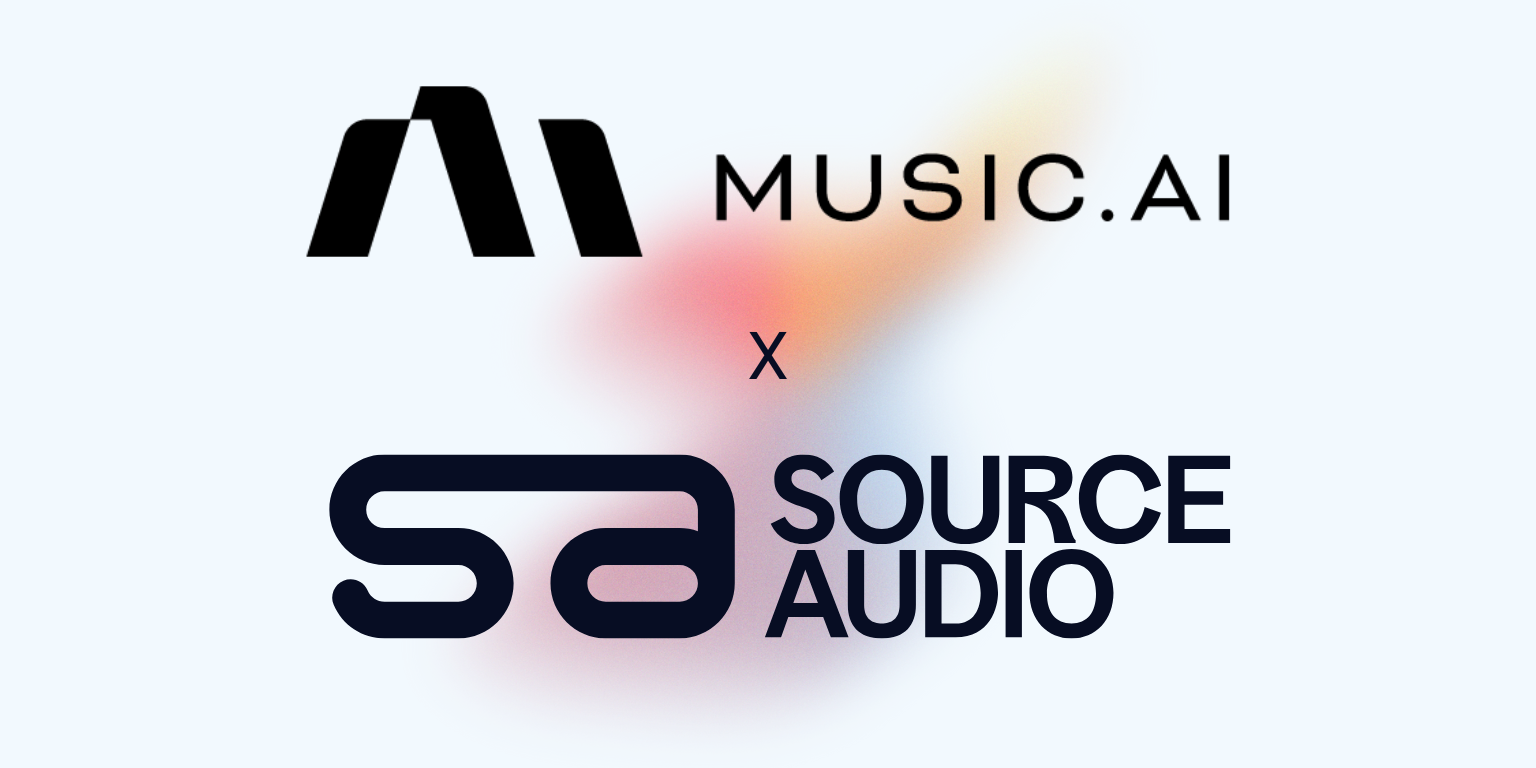
Industry-Leading Stem Separation Comes to SourceAudio
We are excited to announce our latest partnership with Music.AI, bringing groundbreaking AI-powered stem separation directly to our platform! This integration allows you to create broadcast-quality instrumentals and stems with unmatched pr...[ READ MORE ]

FREE AI METADATA – Now on All Catalog Manager Sites
Supercharge your music library with cutting-edge AI-powered metadata -- on us! Every Catalog Manager site now comes with FREE AI metadata tagging for your entire catalog. Leverage this incredible tool now, and read on to learn how it can d...[ READ MORE ]

File Delivery is Now Free and Included for All Catalog Manager Sites
Every Catalog Manager site now comes with 250GB of FREE file transfer space every month – that's approximately 9,000 WAV files, every month. Not using file delivery yet? Here are 11 ways this powerful tool can supercharge your business....[ READ MORE ]

Our E-commerce Add-on Is Now Free for All Catalog Manager Sites
E-commerce is now free for everyone! In the spirit of creating as much value as possible for our community and clients, what was once a paid add-on is now free for everyone. Not using e-commerce on your SourceAudio site yet? Here are 12 way...[ READ MORE ]

